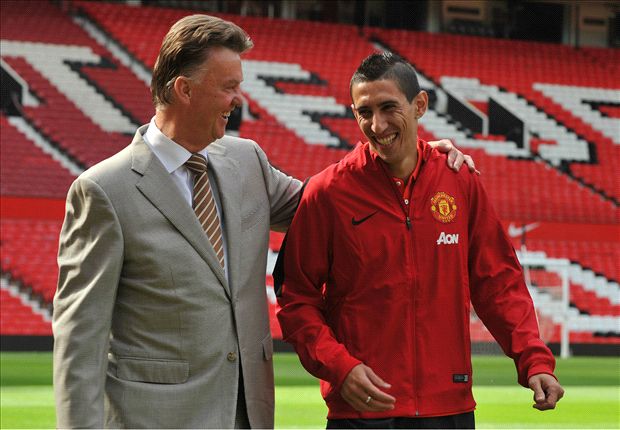I suggested this idea that I used whilst teaching Year 6 French in a local primary school.I used the idea over several years and was always surprised what topical conversation and questions it raised about our World and famous people in our World .The beauty of the activity is its transferability and the flexibility to use it with different stages of learners and to encourage appropriate levels of spoken and written outcomes and also to revisit and bring the activity out time and again with new pictures etc.the children enjoyed seeing how they had improved/moved forward etc. Great peer AfL and peer assessment opportunities too and a task that could easily be used in Y7 KS3 too!
Take a topical picture...maybe this one
Or maybe this one ......
Or on a less political note ......
Or this one .....
Or humorous like this one
Firstly do the class know who the two people are?
This will be interesting and throws up lots of topical questions etc
Fictional not all fact dialogues
Working in pairs ....fictional spoken personal information dialogues
You need about 15 different pictures of different people or pairings so that only two pairs have the same picture to work with.
I tried to give two pairs the same picture but the two pairs were working in different parts of the classroom so that they couldn't hear or see the discussions of the other pair using the same picture as their stimulus
- What facts do they know about the people - nationalities, jobs, likes, dislikes etc?
- Can they now brainstorm the personal information questions and answers they already know?
- Can they create a simple dialogue between the two people? They may need to use language tools such as bilingual dictionaries to help them and you may need to remind them of all the ways they can use simple language such as likes and dislikes etc to give information about somebody.
- Can they use gesture and facial expression, stress and volume with their utterances to portray the characters they are depicting?
- The more language the children know, the more detailed the dialogues can be and each pair's dialogue will differ from the rest of the class because of the way they present their dialogues.
Now they can share their dialogues with another pair !
Fact not fiction flap files.
This is an activity where the children convert their 1st and 2nd person singular dialogues into 3rd person singular facts about the two characters in their pictures.
You will need to model the activity and try to keep the use of verbs to regular present tense of course!
Can the children create a "written over- flap" of each person in their picture, so that their pictures are covered and we can just read what the children have written on the flaps?These can be displayed so that all the class can try to decide which characters are underneath the written fact not fiction flap files.





